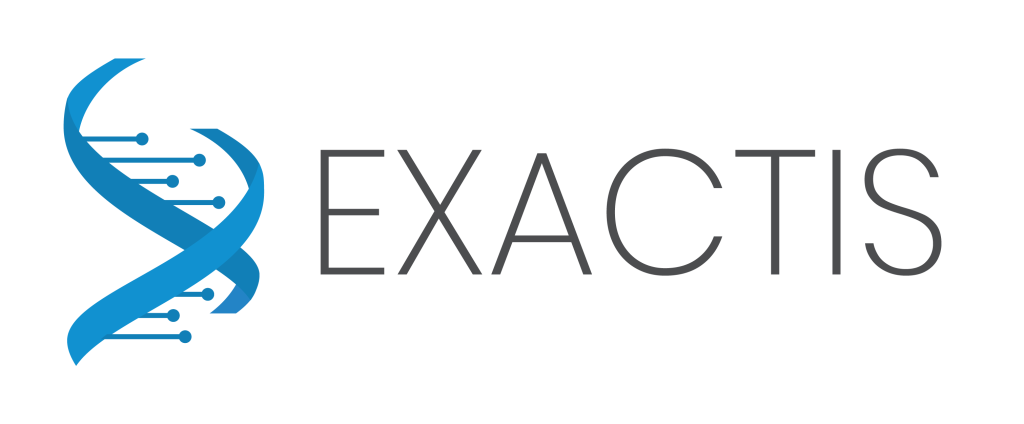PUBLICATIONS > Canadian Cancer Research Conference, November 2023
12-14 November 2023
Canadian Cancer Research Conference
The Prognostic Value of Circulating Tumor DNA in Triple Negative Breast Cancer Patients with Incomplete Response to Neoadjuvant Chemotherapy
Talia Roseshter 1,2, Anna Klemantovich 1, Luca Cavallone 1, Josiane Lafleur 1, Cathy Lan 1, Oluwadara Elebute 3, Touhidur Rashid 4, Sarah Jenna 3, Jean-Francois Boileau 5,1, Manuela Pelmus 6, Rossanna Pezo 7, Muriel Brackstone 8, Terry Ng 9, Adriana Aguilar-Mahecha 1, Mark Basik 1,4
1 Segal Cancer Center, Lady Davis Institute, Jewish General Hospital, Montreal, QC, Canada
Methods
● Whole exome sequencing (WES) was performed on residual tumor and normal control samples
● Variants for digital droplet PCR (ddPCR) assay design were selected from WES data using pre-defined
criteria
● 5 personalized assays were designed and optimized for each patient
● Extracted ctDNA from plasma samples was pre-amplified prior to performance of ddPCR
● Normal plasma pool and buffy coat DNA for each patient were used as negative controls; tumor DNA,
before NAC treatment plasma (if applicable) and metastatic plasma samples (if applicable) were used
as positive controls
● Variant was considered detectable if the Fractional Abundance (FA) of the mutant allele in the sample
was higher than the average FA of the mutant allele in the normal control plus 2 Standard Deviations.
● Patients with ≥1 detectable mutation were considered ctDNA positive for each time point analyzed
Summary
• ctDNA detection at T1 (prior surgery) is the strongest prognostic factor of our 4 time points for both RFS(p<0.0001) and
OS(p=0.002). Only 5% of patients with non-detectable ctDNA at T1 developed tumor relapse, whereas 69% with detectable
ctDNA at this time point relapsed.
• Detection of ctDNA at T4 (6 months after surgery) significantly correlates with tumor recurrence within 2 years.
• Survival analysis based on ctDNA testing both at T1 and T4 identifies an excellent prognosis group (non detectable at both
time points) with no relapses.
• Detection of mutant DNA in plasma samples can predict of an impending relapse .
Conclusion
• Personalized ctDNA testing in an academic hospital-based setting identifies an extremely good prognostic group in TNBC
patients with non-pCR.
• Patients with undetectable post-chemotherapy pre-operative ctDNA may not need additional treatment in the adjuvant setting.
• Acknowledgements
Off-site Co-ordinators: Nathalie Tremblay, Kalan Lynn, Donna Morgan.
Technical support: Lilian Canetti
